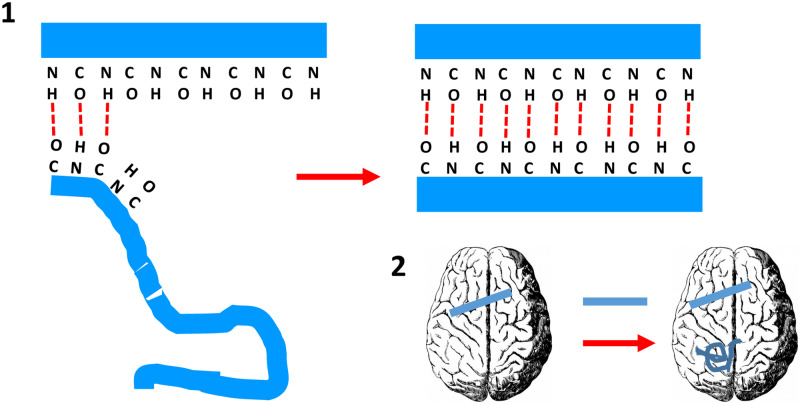Fig 1. The propagative and infectious nature of prions.
(1) Formation of hydrogen bonds between amino and carbonyl groups of the templating and templated polypeptides has been proposed as the key mechanism in prion propagation [3,4]. Carbonyl and amino groups in the edge β-strands of PrPSc are ready to form hydrogen bonds with an incoming, partially unfolded PrP polypeptide, coercing its refolding to form fresh β-strands. This way PrPSc can propagate throughout the brain. (2) Its infectious nature comes from the fact that PrPSc, introduced in a different brain through oral, parenteral, or other means, can propagate there. PrP, prion protein; PrPSc, prion protein with scrapie conformation.

